Johnson & Johnson: Diversified and Timely
Fourth-quarter earnings reinforce the view that this diversified health care giant is on track for short-term and long-term excellence.
A table with three legs is more stable than a table with only one or two. And so it is with businesses. Johnson & Johnson's three businesses -- drugs, medical devices and consumer products -- together create a solid foundation. And when the ground becomes uneven under one of the legs, the other two can provide support. Indeed, the diversity of J&J's business is a big reason why the stock should perform well in 2007.
J&J's fourth-quarter earnings, released on January 23, underscore the point, says Morningstar analyst Heather Brilliant. Sales of $13.7 billion led to profits of $2.4 billion, or 81 cents per share (excluding charges related to J&J's recent acquisition of Pfizer's consumer-products business). The results beat the average analyst estimate of 79 cents per share. For the entire year, profits rose 11%, to $11.1 billion, or $3.76 per share (excluding various one-time gains and charges) -- helping the health care giant extend its streak of earnings increases to 23 years.
J&J's pharmaceutical division, the largest of its three businesses, has been going through a rough patch. Like other big drug makers, J&J has been hurt by intense competition from both brand-name competitors and manufacturers of generic drugs. Strong performance from drugs for schizophrenia, autoimmune disease and epilepsy boosted sales in the fourth quarter. And J&J has a robust pipeline of new drugs. Brilliant notes that J&J has 15 new drugs in late-stage development and a host of other potential drugs in the earlier stages of development. She expects the firm to apply for up to ten new-drug approvals in 2007.
From just $107.88 $24.99 for Kiplinger Personal Finance
Become a smarter, better informed investor. Subscribe from just $107.88 $24.99, plus get up to 4 Special Issues

Sign up for Kiplinger’s Free Newsletters
Profit and prosper with the best of expert advice on investing, taxes, retirement, personal finance and more - straight to your e-mail.
Profit and prosper with the best of expert advice - straight to your e-mail.
A potential problem for investors is that the Democratic-controlled Congress could try to force drug makers to cut prices. Although investors should watch developments carefully, enactment of legislation that would severely harm this important industry isn't likely, especially with Republicans still in control of the White House. Further shielding J&J is, yes, its diversification. The drug division accounts for a little more than 40% of its business, and that share is likely to fall because J&J's medical-devices and consumer-products businesses experience faster growth rates. "We think the pharmaceutical division could constitute less than 30% of sales by the end of the decade," Brilliant says.
Medical devices, J&J's second-largest business, will get a boost from powerful demographic trends. An aging population and increasing wealth around the world mean more people can afford treatments with J&J-made devices. Although safety concerns have hurt sales of drug-coated stents in recent months, Brilliant expects J&J to develop innovative new stents and orthopedic devices in the future. The company's acquisition of Pfizer Consumer Healthcare, which closed in the fourth quarter and contributed names such as Listerine and Nicorette to J&J's stable, should lift sales for the consumer-products division in 2007, Brilliant says. The new brands combined with J&J's existing consumer products will generate roughly one-fourth of the company's revenues.
Despite the solid performance for the fourth quarter, the stock closed down 1% on January 23, to $66.50. The stock (symbol JNJ) sells for 16 times the average analyst earnings estimate for 2007 of $4.04 per share. That compares with a five-year average price-earnings ratio of 19, according to investment newsletter Dow Theory Forecasts. The newsletter, which believes J&J's 2007 profits will beat analyst expectations, includes the stock on its one-year "buy" list as well as its list of long-term picks. Kiplinger's agrees. For more information, see Stocks to Own in 2007.
Profit and prosper with the best of Kiplinger's advice on investing, taxes, retirement, personal finance and much more. Delivered daily. Enter your email in the box and click Sign Me Up.
-
 Fed's Rate Cuts Could Have Impacts You Might Not Anticipate
Fed's Rate Cuts Could Have Impacts You Might Not AnticipateUnderstanding how lower interest rates could impact your wallet can help you determine the right financial moves to make.
-
 Past Performance Is Not Indicative of Your Adviser's Expertise
Past Performance Is Not Indicative of Your Adviser's ExpertiseMany people find a financial adviser by searching online or asking for referrals from friends or family. This can actually end up costing you big-time.
-
 I'm want to give my 3 grandkids $5K each for Christmas.
I'm want to give my 3 grandkids $5K each for Christmas.You're comfortably retired and want to give your grandkids a big Christmas check, but their parents are worried they might spend it all. We ask the pros for help.
-
 Dow Rises 497 Points on December Rate Cut: Stock Market Today
Dow Rises 497 Points on December Rate Cut: Stock Market TodayThe basic questions for market participants and policymakers remain the same after a widely expected Fed rate cut.
-
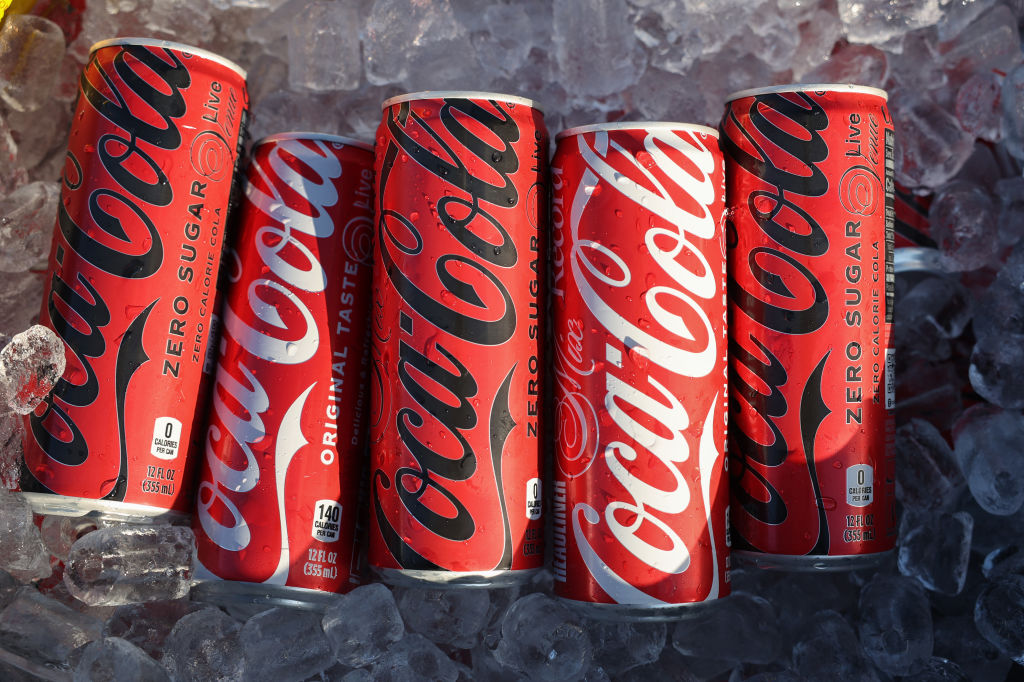 If You'd Put $1,000 Into Coca-Cola Stock 20 Years Ago, Here's What You'd Have Today
If You'd Put $1,000 Into Coca-Cola Stock 20 Years Ago, Here's What You'd Have TodayEven with its reliable dividend growth and generous stock buybacks, Coca-Cola has underperformed the broad market in the long term.
-
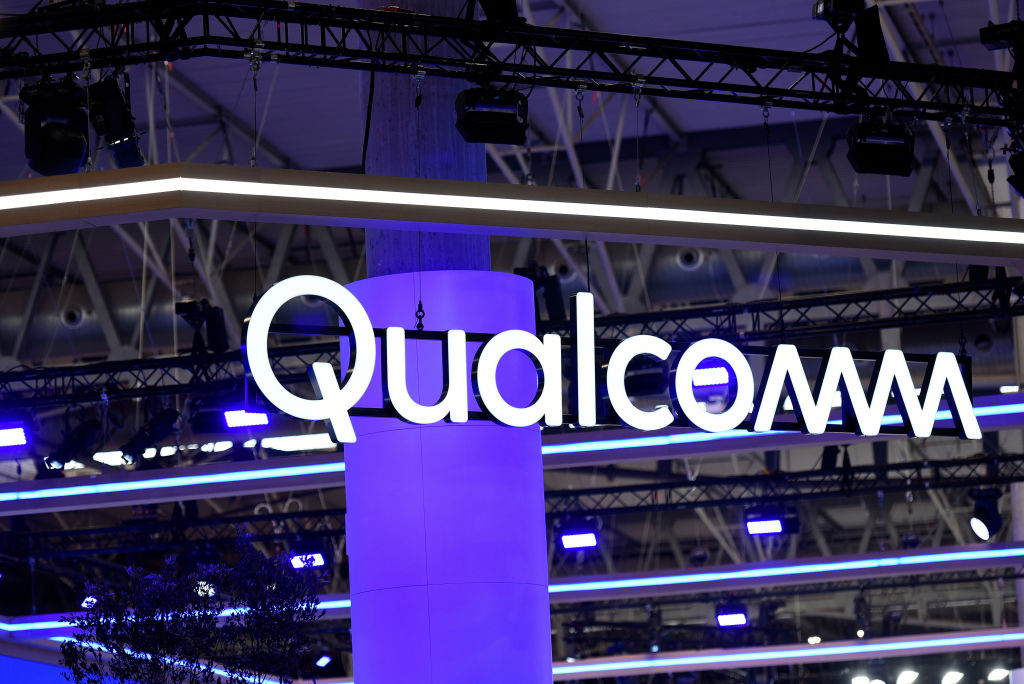 If You Put $1,000 into Qualcomm Stock 20 Years Ago, Here's What You Would Have Today
If You Put $1,000 into Qualcomm Stock 20 Years Ago, Here's What You Would Have TodayQualcomm stock has been a big disappointment for truly long-term investors.
-
 Risk Is Off Again, Dow Falls 397 Points: Stock Market Today
Risk Is Off Again, Dow Falls 397 Points: Stock Market TodayMarket participants are weighing still-solid earnings against both expectations and an increasingly opaque economic picture.
-
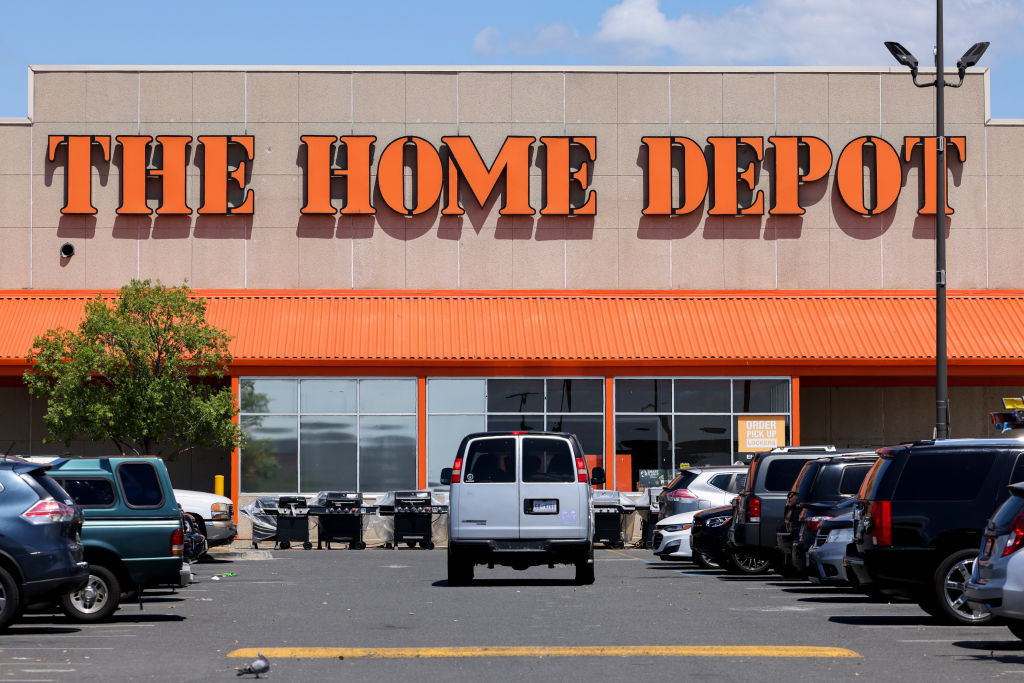 If You'd Put $1,000 Into Home Depot Stock 20 Years Ago, Here's What You'd Have Today
If You'd Put $1,000 Into Home Depot Stock 20 Years Ago, Here's What You'd Have TodayHome Depot stock has been a buy-and-hold banger for truly long-term investors.
-
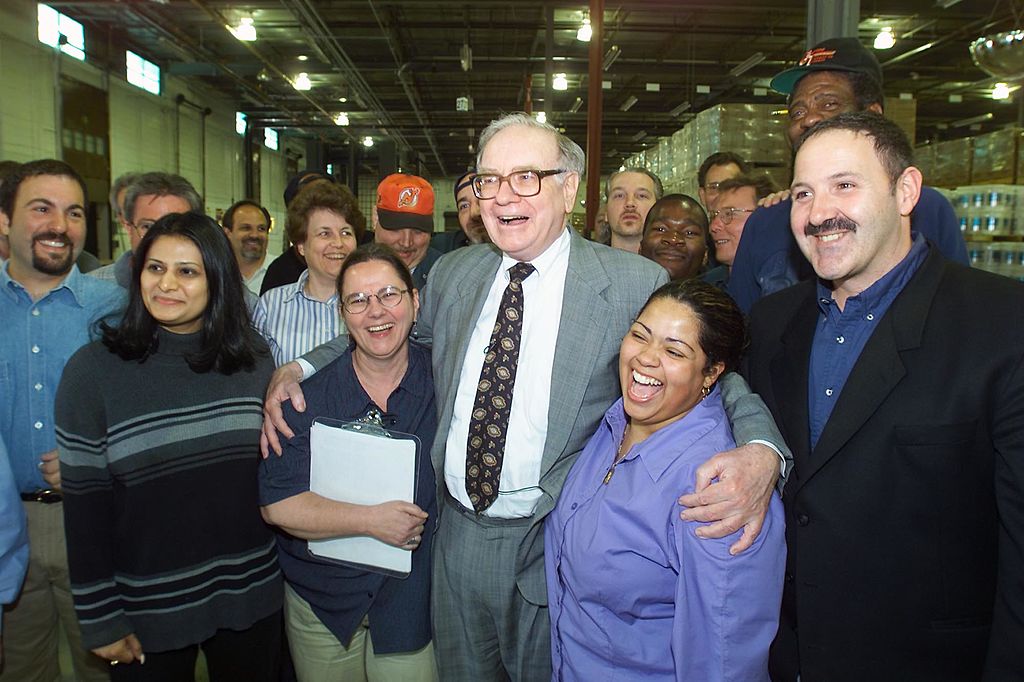 What the Rich Know About Investing That You Don't
What the Rich Know About Investing That You Don'tPeople like Warren Buffett become people like Warren Buffett by following basic rules and being disciplined. Here's how to accumulate real wealth.
-
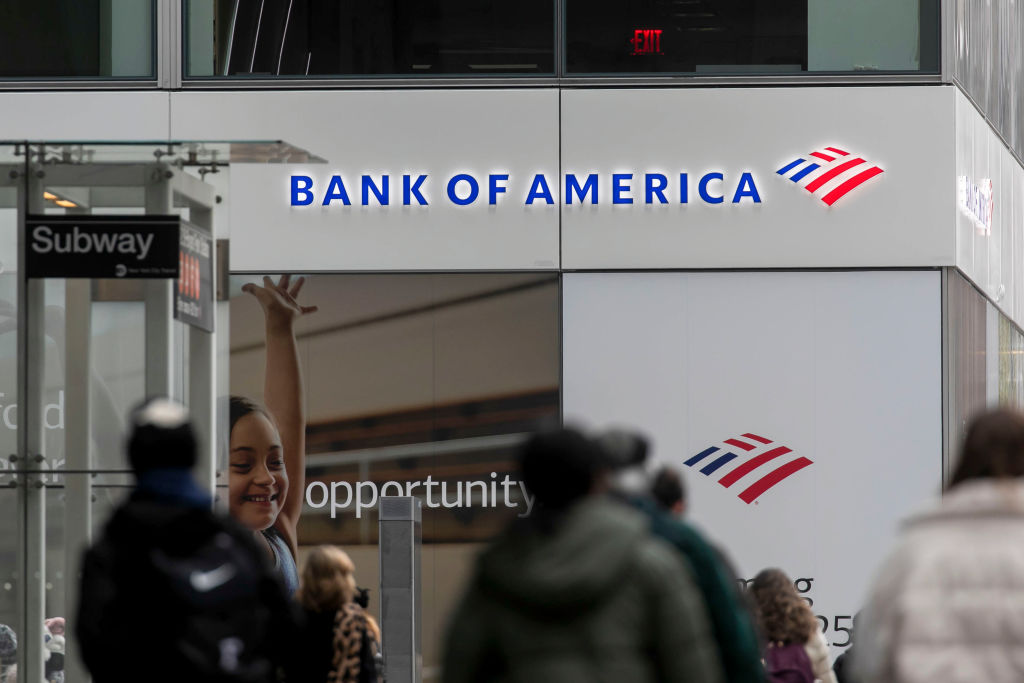 If You'd Put $1,000 Into Bank of America Stock 20 Years Ago, Here's What You'd Have Today
If You'd Put $1,000 Into Bank of America Stock 20 Years Ago, Here's What You'd Have TodayBank of America stock has been a massive buy-and-hold bust.
-

 If You'd Put $1,000 Into Oracle Stock 20 Years Ago, Here's What You'd Have Today
If You'd Put $1,000 Into Oracle Stock 20 Years Ago, Here's What You'd Have TodayORCL Oracle stock has been an outstanding buy-and-hold bet for decades.